Aristotle’s cosmovision prevailed during fifteen centuries as the unique and very true explanation of reality between most western people.
But all the prestigious of his world vision disappeared with the European scientific revolution, in the European Renaissance. As you very well know, Copernicus and Galileo proved that it was the Sun and not the Earth the center of the «Universe». The Ptolemaic geocentric model of Aristotle lost all its authority in a dramatic way, and Aristotle’s voice was reduced to a purely philosophical field totally torn away of the new born XVI century science .
Aristotle had also argued that reality is formed by form and matter (hylomorphism). And matter is formed by four elements, earth, water, air, and fire, and a fifth element named aether. So Aristotle took the four elements previously advocated by the Pre-Socratic and added the aether as a fifth material element. But the idea of an aether had been known previously too. Plato – the Aristotle’s master – had spoken about the aether in his «Timeous» as the most translucent kind of air. The Plato’s aether was a dynamic aether, a material element in motion because it was a kind of air. But the Aristotelian aether that prevailed in the European imaginary was static, it was not air.
The Aristotelian notion of a static aether (or ether, or the quintessence), survived at the European scientific revolution and it lasted until the beginning of the XX century. The experiment of Michelson and Morley proved that the aether did not exist and our whole universe was empty.
All the atomic and astrophysical theories developed at the XX century was made thinking about our Universe was empty. But today it is known that our universe is not empty at all. The whole Universe (or universes) is permeated by a field that is known as the Higgs field formed by bosons, the Higgs Boson.
Today it is generally admitted that there is intergalactic dust in the intergalactic space. This intergalactic material that fills our Universe is known as the intergalactic medium (IGM) and it consists mostly of Hydrogen. It is accepted that Hydrogen is the most abundant element in the Universe.
In my opinion all these concepts are referring to the same reality with different names and particular perspectives.
Today we cannot elaborate a theoretical model that assumes the existence of the aether – because it was refused by a scientific experiment – but we can not elaborate a model that afirms that our universe is empty because it is known by scientific experiments that it is full of Higgs bosons and intergalactic Hydrogen.
But all the currently accepted models at atomic and astrophysical levels built in the XX century were made basing on the idea of an empty universe. Dirac, one of the fathers of quantum mechanics tried to recover the old idea of an aether as a way for trying to overcome the unresolved problems that present quantum mechanics. He finished being considered as an outsider for mainstream pragmatic physicists.
The arbitrary solutions and conventions of the models of current atomic physics and its impossibility for offering a unified theory of reality that integrated gravity and electromagnetism, were the cause that made other physicists to seek better explanations, a physics beyond of the Standard model. So it appeared some prestigious theories as the String theories and quantum field theories that consider subatomic particles as strings of energy or as fields.
Currently physics appears – for physicists too – as a very opaque and incomprehensible thing. Average people think that Nature is a very difficult thing that is only accessible to a very intelligent people – an elite – that know a lot of maths and to solve huge and impressive equations. But it is a big mistake of our time. Nature is so simple in its elemental mechanisms that it could be comprehended by a little kid without difficult.
The problem is that the models that physicists have built for explain the most elemental mechanisms of Nature are currently a big mess, a monstrous formed with very different members, and they need to do continues theoretical somersaults that challenge the most fundamental reason. People that trust in the light of reason and logic and do not accept arbitrary solutions that serve only for immediate an pragmatic – always limited – results will have a lot of problems studying a degree on physics. It is an irony that the most qualified people for thinking about physics are thinking that they are not able to understand anything about Nature and they find refuge in purely «humanistic» disciplines.
The Higgs boson is the vibration of the Higgs field. A vibration produces periodical oscillations.
I consider that Hydrogen (and Helium) atoms are for gravitational fields the same thing that Higgs bosons are admitted to be for the Higgs field.
I think that the Hydrogen atom is not a material mass with a proton as a positively charged material subparticle in its central nucleus and a negatively charged electron outside of it.
It is currently accepted that Hydrogen atoms create chemical bonds. They are present in most of the chemical reactions. It would be impossible for current chemistry to explain most of the chemical reactions without using the protons of the Hydrogen atoms. Most of the chemical reactions are not nuclear reactions (with a lot of energy) but it is necessary to explain the gain of positive electrical charges or the lost of negative electrical charges without modify the nuclear protons of the atoms affected by that reaction.
But what would it happen if Hydrogen atoms were not material masses in the traditional sense but one of the moment of the vibration of a field, the gravitational field associated to each atom? The Helium atom would represent the other momentum of that variation . So the Hydrogen atom would represent an expanded gravitational field and the Helium atom would represent the contraction of that field. Hydrogen and Helium would be two moments of the same variable field.
For explaining molecular bounds it would be necessary to use entangled gravitational fields that vary periodically with the same or opposite phase.
In this sense, Hydrogen bonds would be formed by a temporal combination of Hydrogen and Helium.
Likely it is difficult to follow the logic of explanation because of the language. I would speak only about fields of pressure and its variations but i need to translate these concepts to the language of the standard model that thinks that matter is formed by material atoms with a charged nucleus inside of it.
If you have read other articles on this blog you will know what I think about how two entangled gravitational fields that vary periodically with the same or different phases produce four new fields or dimensions that are the currently known electrically charged subatomic particles. Its variations create forces of pressure that are the known (and unknown) quarks. And these forces of pressure create the «masses» of the field-subatomic-particles that are electromagnetic fields.
The losses of symmetry occur periodically and they are the simple consequence of the periodical variations of those fields.
What kind of matter does constitute those gravitational fields with their gravitational curvatures? A tiny matter? Other entangled fields? How many of them?
I consider that the unique difference between the material elements of the Periodic Table of Elements is its spatial distribution. Those spatial distributions produces particular material densities and a geometrical spaces that create all properties of that matter – electromagnetic properties included – by interacting with the Platonic aether, a motion aether, as a gravitational flux that try to pass through that matter experiencing a curvature – a gravitational curvature – depending on its resistance to be pass through. We not need to use the term ether, we can use another name, but I think that it would be hypocritical do not use it.
I think that the first row of the Periodic Table, with the Hydrogen and Helium atoms at the extreme of each side represents the two periodical moments of the known by other models as the «graviton» and its mirror antiparticle the antigraviton.
It could be adduced that the Helium atom is formed by the fusion of two Hydrogen atoms. How to explain it?
People that follow the standard model have very internalized the image of a material element with its charged nucleus with its own material mass. But other theories as String theories or quantum field theories consider subatomic particles as strings of energy or as fields. For the string theory the mass of those subparticles is the tension of the string.
We consider that a gravitational field is a field of variable pressure. When the pressure on a mass is stronger the gravitational curvature has more amplitude. The higher amplitude of that gravitational field is for us a Helium «atom». It is a periodical momentum. In the next momentum the pressure of the field will decay and the gravitational curvature will have less amplitude. The lower gravitational amplitude is for us a Hydrogen atom.
We can entangle two gravitational fields that vary with the same or opposite phase. If they vary with the same phase, we will be entangled two hydrogen atoms first (when those entangled gravitational fields expand at the same time) and two helium atoms later (when those entangled gravitational fields contract at the same time). The four new – electromagnetic – fields created in the gravitational intersection will be bosons and there will be symmetry at the horizontal plane. At the vertical plane, when those gravitational fields contract (two helium atoms) it there will be an ascending force that will create a photon. And when they expand it there will be a decay of energy, a lost of the ascending energy that now will be placed at the convex side of those intersected (entangled) gravitational fields. I was thinking about atomic gravitational fields. I think it is a big mistake to think that at atomic level gravity has an insignificant value. If we would speak about two entangled Universes, when these universes contracted it would occur a Big Bang, and when they expanded it would occur a Big Crunch, periodically. In my view the Big Bang is like a photon at a universal level.
When it comes to bosons (gravitational fields that vary with the same phase), when they contract at the same time the central field created in the concave side of the gravitational intersection will act as a Helium atom too. And when they both expand, the central field will act as a Hydrogen atom. at the convex side of the gravitational entanglement it will occur the opposite.
When the phases of gravitational variation were opposite (when one gravitational field expand the other contract), there will be the entanglement of a Hydrogen atom and a helium atom first, and a helium atom and a Hydrogen atom later. The fields created in the gravitational intersection will experience a horizontal displacement that will create temporary forces of pressure toward each side. Those spatial displacements are currently known as consequence of the atomic electronegativity. I think that electronegativity is not a quality of matter, it is the displacement of a space.
When we speak about two Hydrogen atoms we are speaking about the kinetic energy and the forces that they create that are produced by the variation of those two fields.
When it comes to entangled gravitational fields that vary with opposite phases they are fermions. In these cases, the Helium atom appears located at the side of the gravitational field that is contracted and it is currently known as a neutron. At the opposite side the will be a decompressed field a field with the lowest tension in its curvature that is currently known as Neutrino. In these cases the Hydrogen atom acts as a neutrino. At the next moment it will occur a displacement of the space (that was central in bosons) toward the opposite side, it is a positron. Now the atomic helium acts as a proton and the atomic hydrogen acts as an antineutrino at the opposite side.
How much energy – what amount of pressure – is it necessary to fusion two fields that have kinetic – magnetic – energies inside of them and that experience periodical movements in the vertical or in the horizontal plane? It will depend on the phase of variation and on the spatial proximity of the fields that we are trying to entangle.
Other notion that is difficult to explain rationally by the standard model is the concept of virtual particles. But virtual particles appear simply as temporary moments of periodically variable fields (considered like particles) in the model that we present on this blog.
In this sense it could be said that Hydrogen and Helium are, at different times, virtual particles of each other, the graviton and the anti-graviton itself, Majorana antiparticles like the electron is the temporary virtual particle, its own Majorana antiparticle of the positron in fermions. But we could say too that «Hydrogen graviton» is the temporary antiparticle of «Helium graviton».
I do not like the term of graviton but i am trying that these ideas could be understand by physicists, using its terminology, although I know that is difficult for them because of the paradigms that they have assumed and the differences of languages.
As conclusion: The first row of The Periodic Table of Elements does not represent any material element, it represents the geometrical curvature of the gravitational fields at atomic level, and its periodical and progressive variation. If Hydrogen is the lowest tension of the gravitational curvature and Helium is its highest tension, and the spectral lines from Hydrogen and Helium are very well known, why are not the other «elements» – between Hydrogen and Helium – represented in the first row»? I think that it is because those «elements» are temporary manifestations of the same reality.
At this point it could be thought that it does not exist any matter in the traditional sense of matter, and that all «material elements» are formed by fields inside of other smaller fields and so on in an infinite way. But fields of what? Fields of something that is infinitely little. Something we will never be able to arrive to it. in this sense we all would be formed by an infinite little Nothing. But we all exist inside this infinite Nothing because it is infinitely large too. In this sense we would be a part of the field that creates another bigger field and so on in that infinite large way. The Nothing is The All at the same time. In this sense it appears as a pure and infinite Geometry from nothing that creates anything.
Here we are in the field of the mysticism from all times and from very different kind of religions and philosophies. Many physicists are not used to thinking in these terms and some of them could even feel disgust. They prefer to renormalize. But I think, like many other people, that science and mysticism – science and religion, science and theology, science and philosophy, etc – are called to meet thinking without our very old prejudices.
I was thinking that it could be interesting to think about the Periodic table of material elements as the plane of an atomic 3D printer. Think about it if you want to.
And have a nice day.

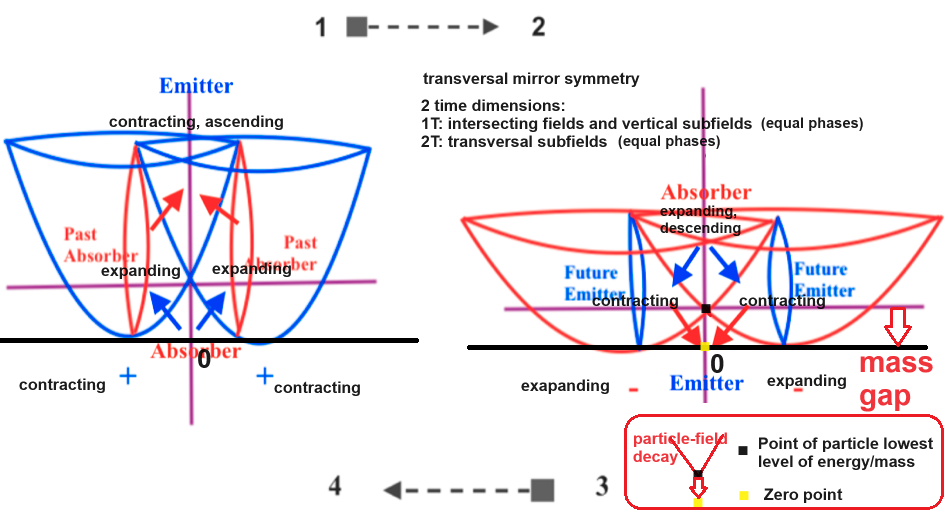
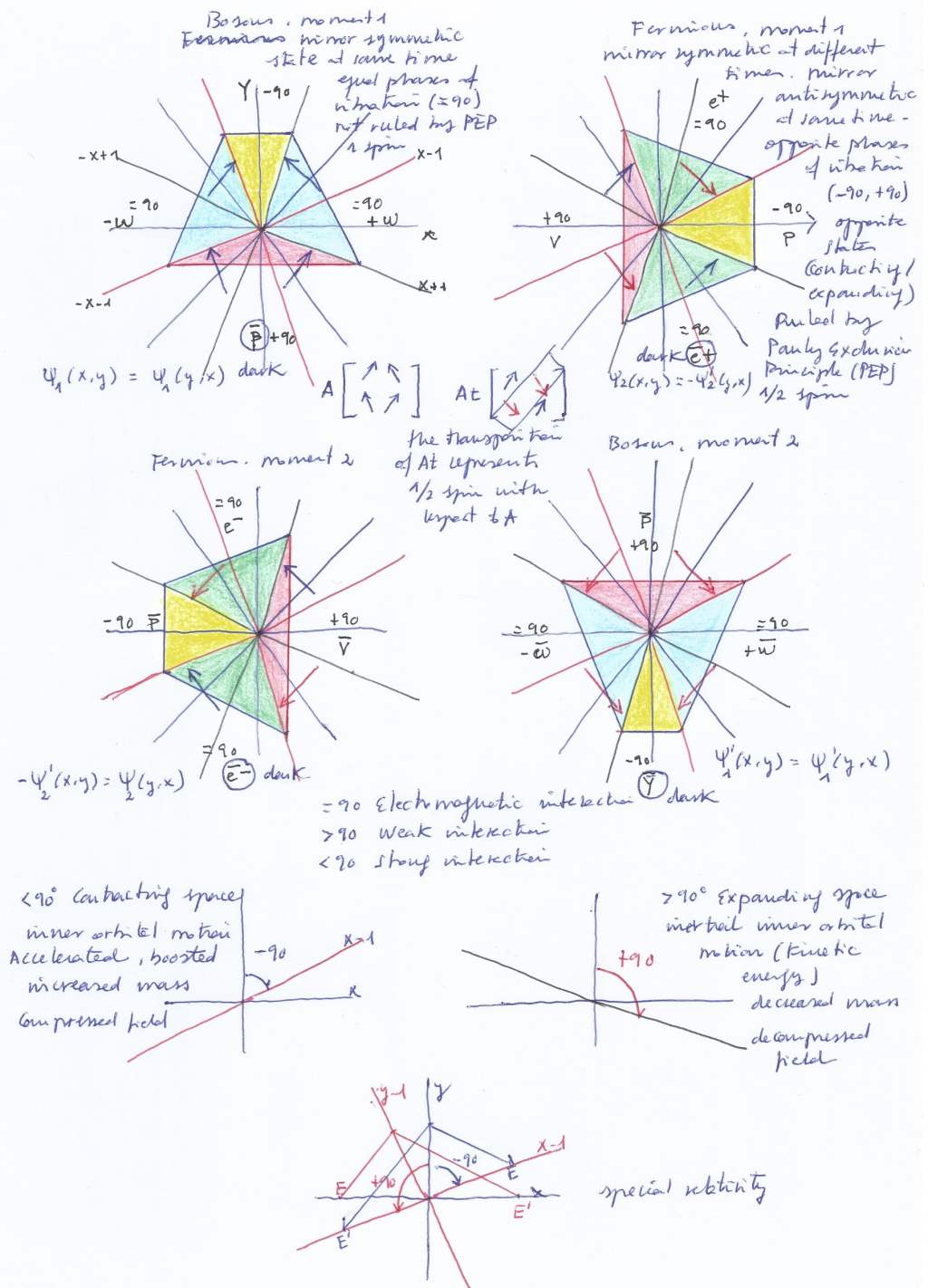
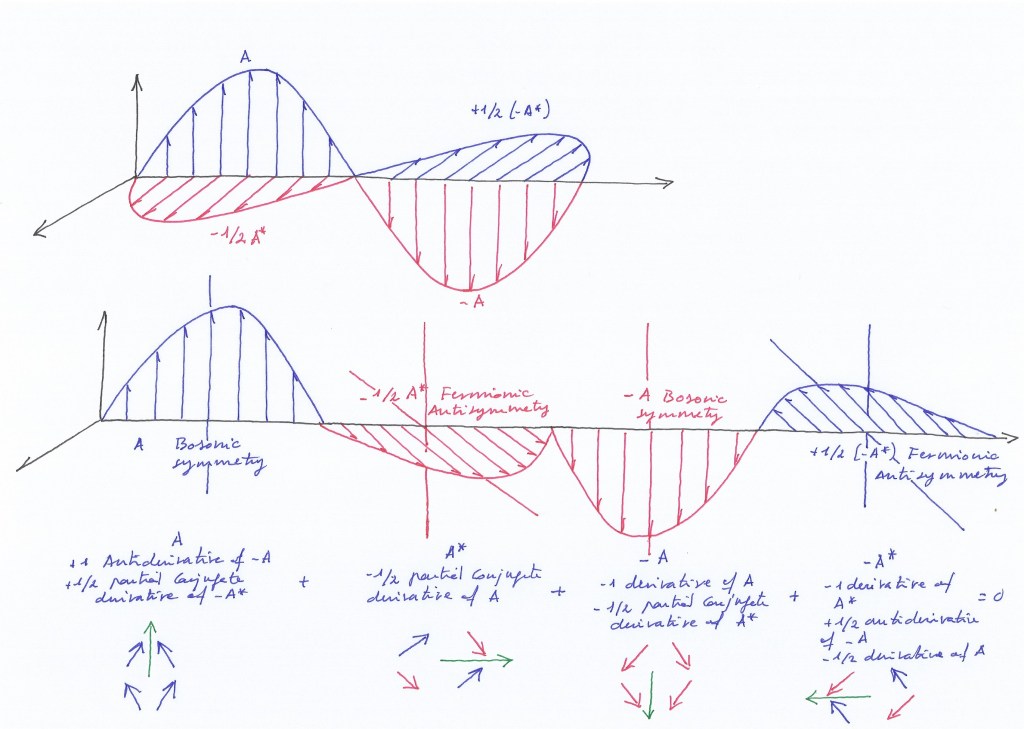
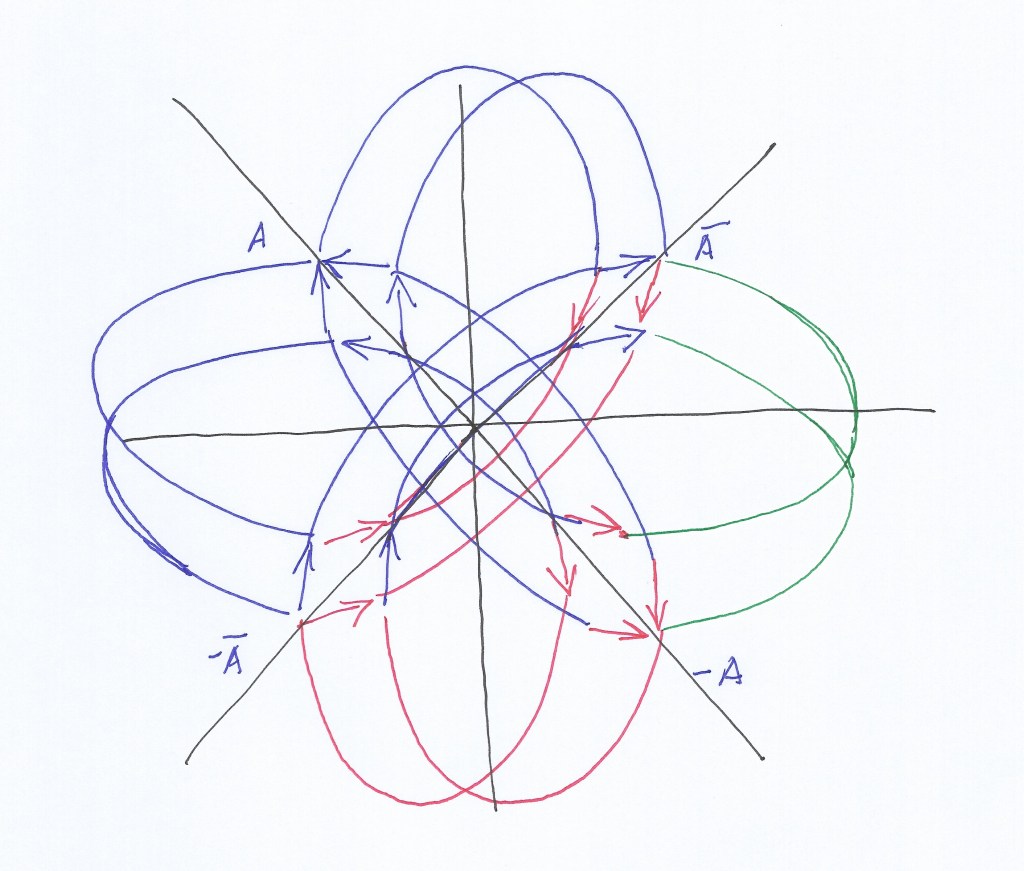


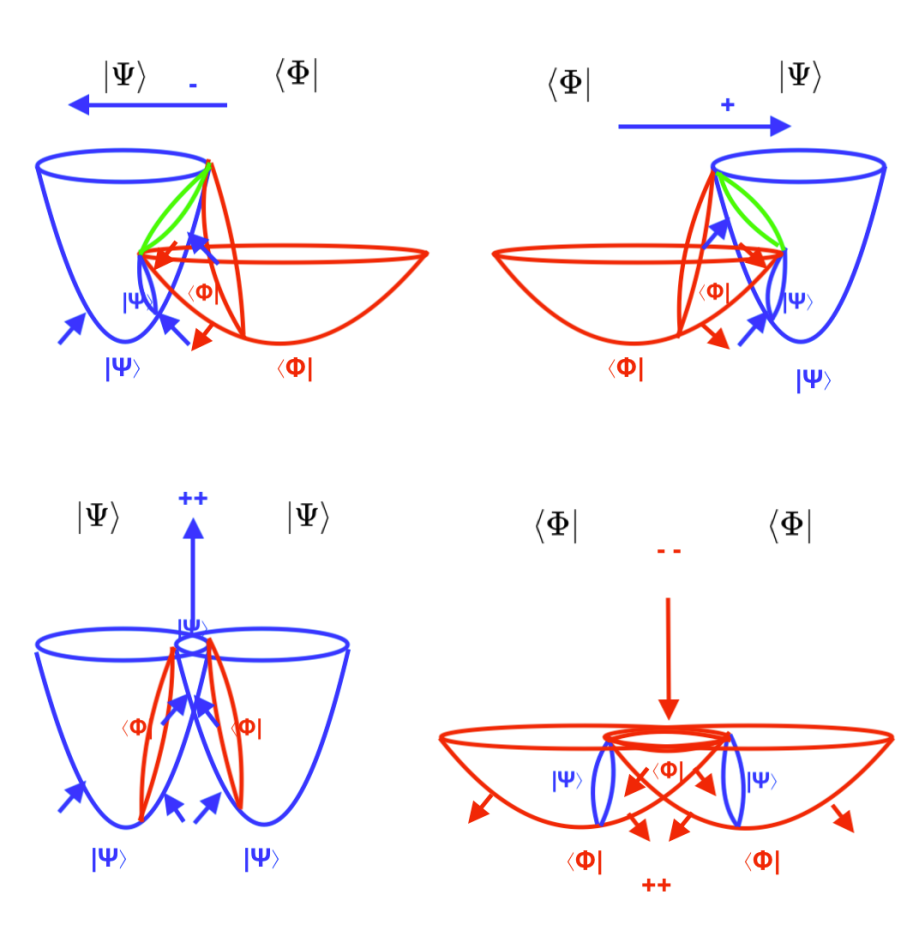
Escribe tu comentario